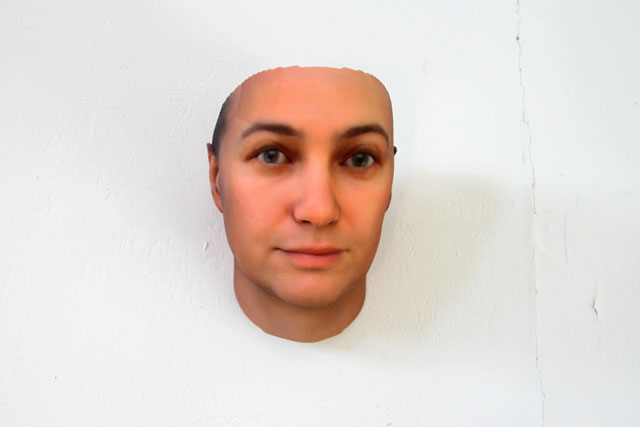Portraits made using found DNA
Heather Dewey-Hagborg collects hair, chewed gum, and smoked cigarettes, pulls the DNA out of them, and uses the genetic information to produce models of what the people who used those items might have looked like.

From this sequence, Dewey-Hagborg gathers information about the person’s ancestry, gender, eye color, propensity to be overweight and other traits related to facial morphology, such as the space between one’s eyes. “I have a list of about 40 or 50 different traits that I have either successfully analyzed or I am in the process of working on right now,” she says.
Dewey-Hagborg then enters these parameters into a computer program to create a 3D model of the person’s face.” Ancestry gives you most of the generic picture of what someone is going to tend to look like. Then, the other traits point towards modifications on that kind of generic portrait,” she explains. The artist ultimately sends a file of the 3D model to a 3D printer on the campus of her alma mater, New York University, so that it can be transformed into sculpture.





Stay Connected